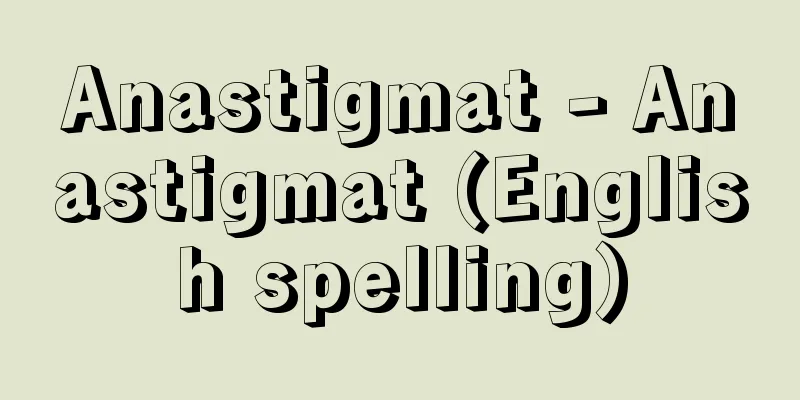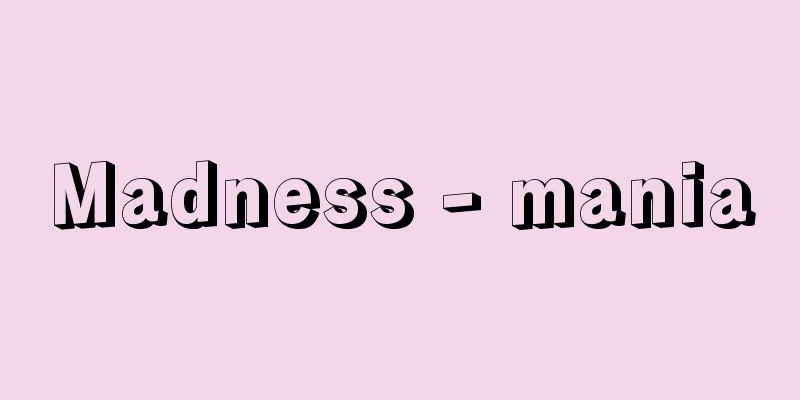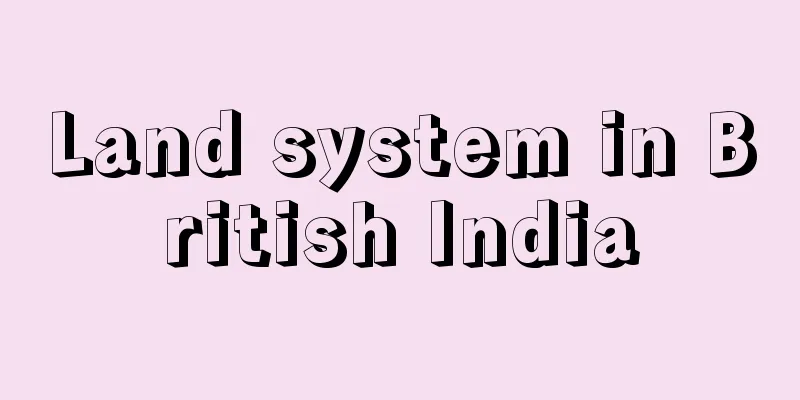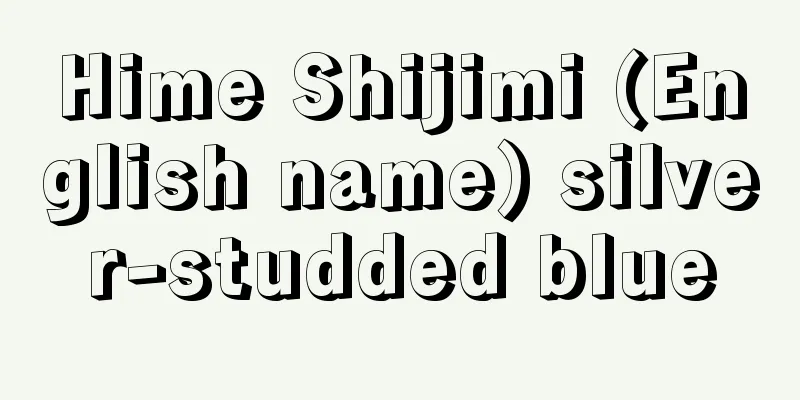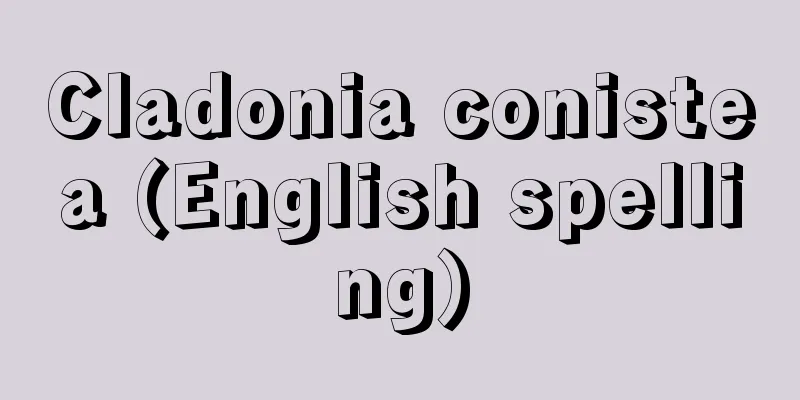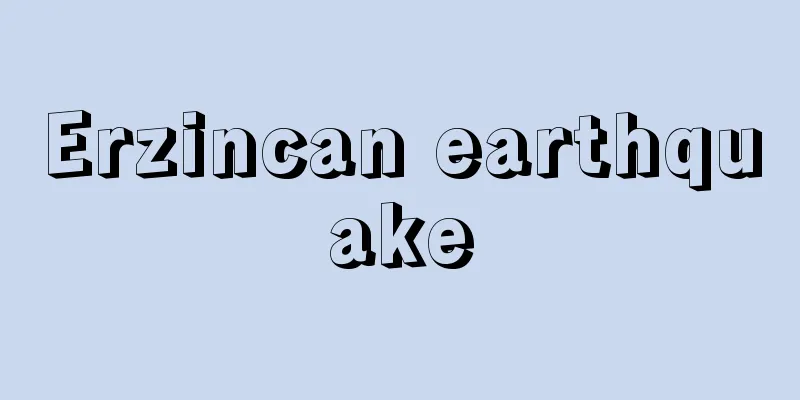Syllogism - Sandanronpo
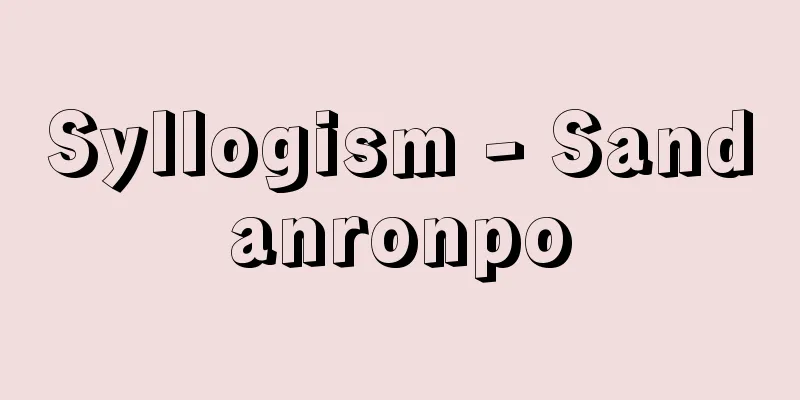
|
A logical inference that derives a conclusion from two premises. It includes indirect reasoning. It can be said that the conclusion is an implication from the conjunction of the premises. However, both the premises and the conclusion are propositions made up of two terms combined. For example, an inference that derives the conclusion "All humans are living beings" from the two premises "All animals are living beings" and "All humans are animals" is a typical syllogism. As is clear from this example, the terms here can be thought of as representing concepts such as humans, animals, and living beings, in other words, something universal. In the so-called Aristotelian syllogism, which can be traced back to Aristotle, there are four types of combinations of terms: universal positive judgments, universal negative judgments, particular positive judgments, and particular negative judgments. Following the medieval Western tradition, these are called A-judgments, E-judgments, I-judgments, and O-judgments. They are expressed in the form "All A's are B," "All A's are not B," "Some A's are B," and "Some A's are not B," respectively. As is clear from this, syllogisms are fundamentally the logic of natural language. Now, a syllogism is based on the position of the middle concept. The three propositions that make up a syllogism can be any of the four types of judgments mentioned above, so a total of 256 syllogisms are possible. However, in Aristotelian syllogisms, only 24 are valid. Since Aristotle, much research has been done on syllogisms throughout the Islamic cultural sphere and the Middle Ages in the West, but syllogisms lost their former appeal in the shadow of modern logic, which emerged at the end of the 19th century and aims to provide a foundation for mathematics. However, in recent years, research on syllogisms has begun to become active again, linking it with modern logic. In India too, a form of syllogism different from the Aristotelian syllogism has been studied for the last 2000 years. [Arata Ishimoto] "Jan LukasiewiczAristotle's Syllogistic from the Standpoint of Modern Formal Logic, 2nd ed. (1957, Oxford University Press, London)" Source: Shogakukan Encyclopedia Nipponica About Encyclopedia Nipponica Information | Legend |
|
二つの前提から一つの結論を導く論理的推論のこと。間接推理を含む。前提の連言から結論への含意であるといってもよい。ただし、前提も結論も、二つの項が結合されてできた命題である。たとえば、「すべての動物は生物である」「すべての人間は動物である」という二つの前提から、「すべての人間は生物である」という結論を得る推論は典型的な三段論法である。この例から明らかなように、ここでいう項は、人間、動物、生物といった概念、すなわち普遍的な何かを表していると考えられる。 さて、アリストテレスにまでさかのぼることのできる、いわゆるアリストテレス式三段論法においては、項と項の結合には四つの種類がある。すなわち、全称肯定判断、全称否定判断、特称肯定判断、特称否定判断の四つである。これらは、西洋中世の伝統に従って、A判断、E判断、I判断、O判断とよばれる。そして、それぞれ、「すべてのAはBである」、「すべてのAはBでない」、「あるAはBである」、「あるAはBでない」という形で表される。これから明らかなように、三段論法は、基本的には、自然言語の論理である。 さて、三段論法は、中概念の位置によって、 三段論法を構成する三つの命題は、先にあげた4種類の判断のいずれでもよいから、つごう256通りの三段論法が可能である。しかし、アリストテレス式三段論法では、24通りが妥当であるにすぎない。アリストテレス以来、イスラム文化圏、西洋中世を通じて、三段論法に関しては多くの研究が積み重ねられてきたが、その後、19世紀末に出現した、数学の基礎づけを目的とする近代論理学の陰に隠れて、三段論法はかつての魅力を失ってしまった。しかし、最近では、近代論理学と結び付き、三段論法の研究はふたたび活発になり始めている。 インドにおいても、アリストテレス式三段論法とは異なった形の三段論法が、現在まで2000年にわたって研究されてきた。 [石本 新] 『Jan LukasiewiczAristotle's Syllogistic from the Standpoint of Modern Formal Logic, 2nd ed. (1957, Oxford University Press, London)』 出典 小学館 日本大百科全書(ニッポニカ)日本大百科全書(ニッポニカ)について 情報 | 凡例 |
<<: Sanchi - Sanchi (English spelling)
>>: Sant'Ambrogio Church - Basilica di Sant'Ambrogio
Recommend
Arpege
Arpège is a fragrance by the French fashion brand ...
Heidelberg - Heidelberg (English spelling)
A city in the state of Baden-Württemberg in south...
Ibn al-Ash'as - Ibn al-Ash'as
…He defeated the Azraqi sect, a branch of the Kha...
melanite
...The end members are pyrope Mg 3 Al 2 Si 3 O 12...
Kamado Pass - Kamado Pass
Also written as Kamado Barrier. A medieval sea cus...
Current transfer, capital transfer
A transfer of purchasing power from one economic e...
OboTreat - OboTreat
…Rostock has a university founded in 1419. In the...
Pater, Walter Horatio
Born: August 4, 1839, London [Died] July 30, 1894....
Olafsson, S.
...However, in terms of visual arts, not many not...
Mullet (English name: Mugil cephalus)
A brackish-water fish of the family Mullet in the ...
Ishiya Zenzaemon
…Iami Ienaga was bestowed with a tatami sashimi m...
Pulsar - Pulsar (English spelling)
A celestial object that regularly emits radio wav...
Kingdom of Castile and Leon
…Politically, at the beginning of the Reconquista...
vibrating screen
…Vibrating screens in the broad sense are broadly...
Yi-li Ke-han; I-li K`o-han; Ilig Qaghan
[raw]? [Death]553 The first Turk khagan (reigned 5...

